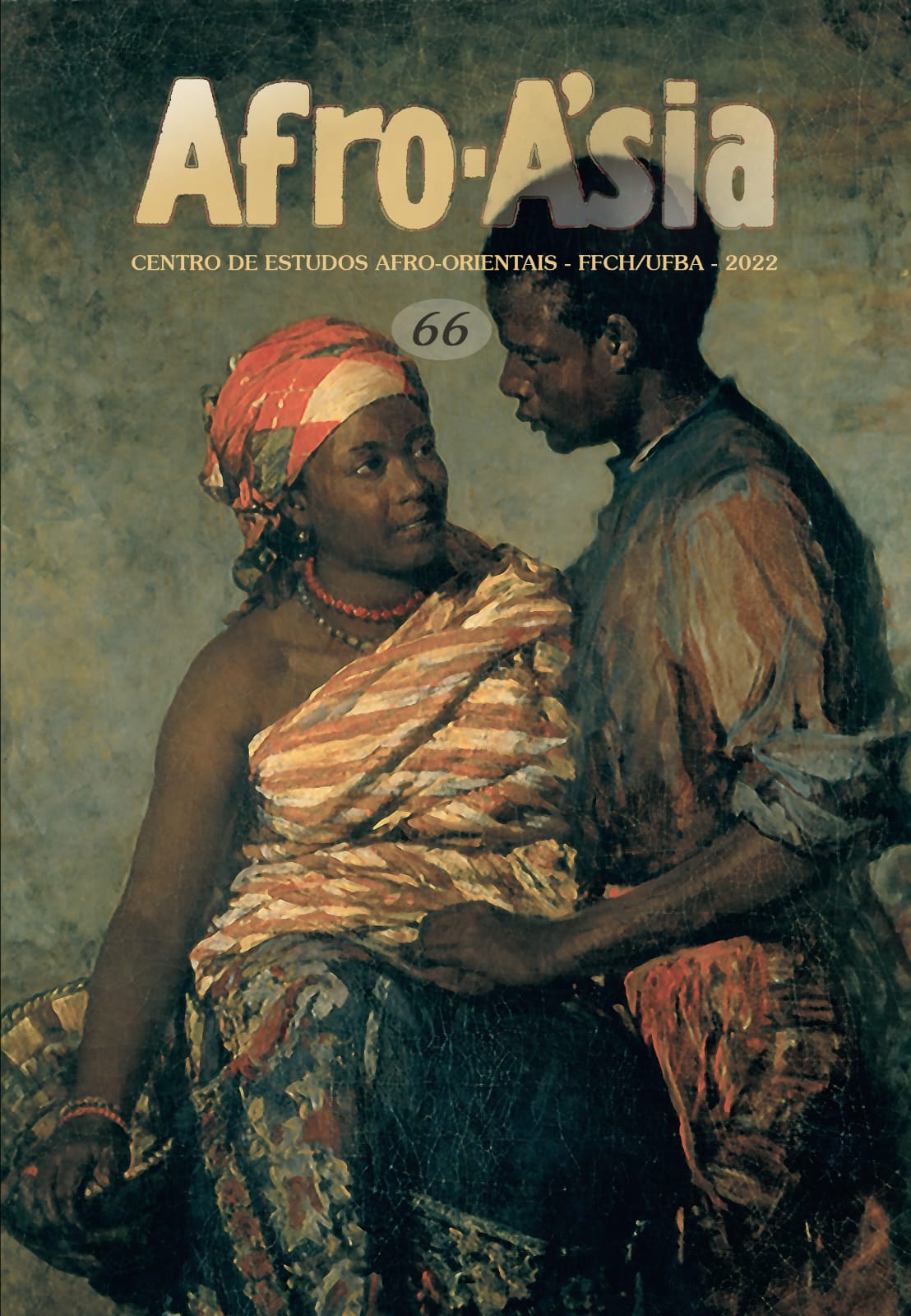Sacred Pombagira Feminine Displays in the Morphological Crossroads of Maria Padilha
DOI:
https://doi.org/10.9771/aa.v0i66.47028Keywords:
Pombagira, Feminine sacred display, Macumbas cariocasAbstract
This study addresses some cultural paths in the formation of the Ibero-Afro-Indigenous mediunic religiosity in Brazil, based on the focal study of the metamorphosis of the historical Maria de Padilla into Maria Padilha, the oldest pombagira configuration in the repertory of the umbandas of Rio de Janeiro, known since the beginning of the 20th century. Although our point of observation departs itself from configuring Maria Padilha as pombagira – in comparison with the cultural repertory and social origins of colonial calundus and witchcraft – we sought to establish a transcultural comparative contextualization plan in our studies, exploring the hypothesis that pombagira updates, in urban cultural contexts of manifestations of mediunic religiosity, some characters, forms, and functions that refer to the morphologies of sacred feminine displays catalogued in Marija Giumbutas and Miriam Dexter’s feminist comparative archeological studies on the Indo-European Paleolithic, Neolithic, and Ancient Ages.
Downloads
Downloads
Published
How to Cite
Issue
Section
License
Copyright (c) 2023 Alexander Martins Vianna

This work is licensed under a Creative Commons Attribution 4.0 International License.
You are entitled to freely share, adapt and use the work herein published for any legitimate purpose as long as authorship and the original source are acknowledged.




